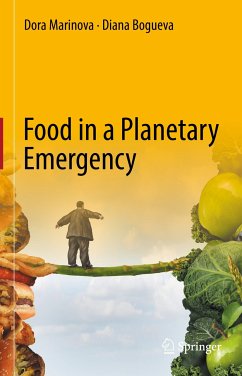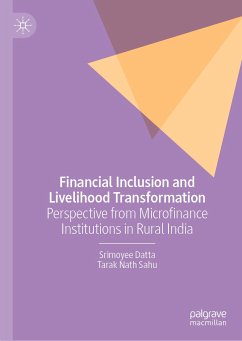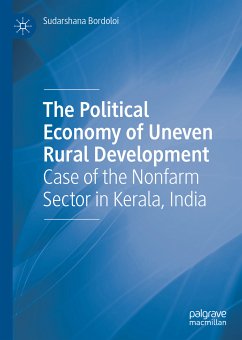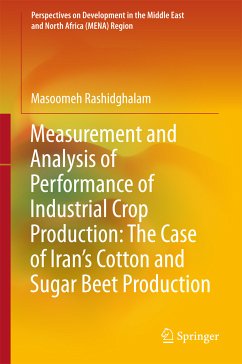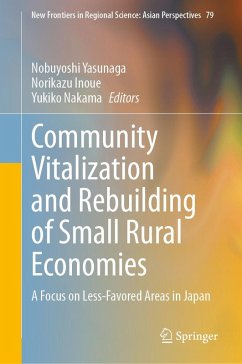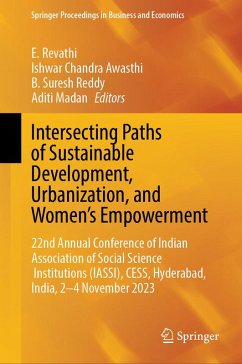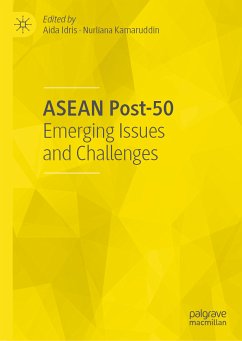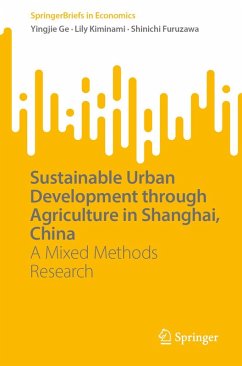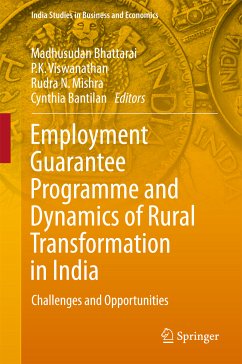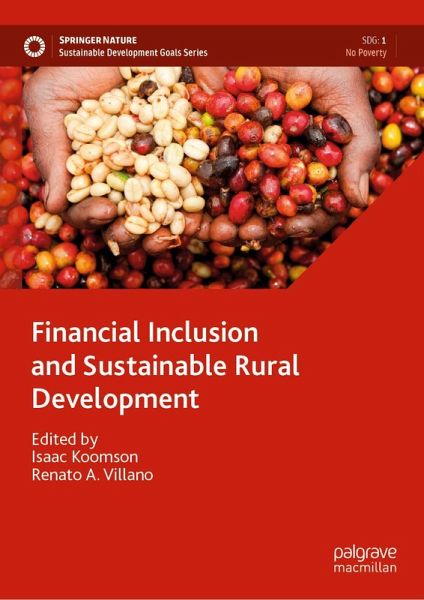
Financial Inclusion and Sustainable Rural Development (eBook, PDF)
Versandkostenfrei!
Sofort per Download lieferbar
160,95 €
inkl. MwSt.
Weitere Ausgaben:

PAYBACK Punkte
80 °P sammeln!
This book compiles topics on how financial inclusion, from either unidimensional or multidimensional perspectives, can be used as a viable policy tool to achieve sustainable development goals (SDGs) in rural/regional areas. Part I of the book sets the scene by providing a thematic overview of the SDGs and the theoretical link between financial inclusion and SDGs from the rural perspective. Parts II to VI present several empirical studies/chapters that explore the impact of financial inclusion on specific goals and targets of the SDGs in rural areas across various regions/continents. Part VII d...
This book compiles topics on how financial inclusion, from either unidimensional or multidimensional perspectives, can be used as a viable policy tool to achieve sustainable development goals (SDGs) in rural/regional areas. Part I of the book sets the scene by providing a thematic overview of the SDGs and the theoretical link between financial inclusion and SDGs from the rural perspective. Parts II to VI present several empirical studies/chapters that explore the impact of financial inclusion on specific goals and targets of the SDGs in rural areas across various regions/continents. Part VII draws on the findings from Parts I and VI to provide a discourse on the viability of financial inclusion as an effective policy for achieving the SDGs in rural areas across the globe.
Dieser Download kann aus rechtlichen Gründen nur mit Rechnungsadresse in A, B, BG, CY, CZ, D, DK, EW, E, FIN, F, GR, HR, H, IRL, I, LT, L, LR, M, NL, PL, P, R, S, SLO, SK ausgeliefert werden.



